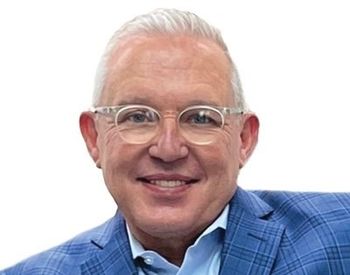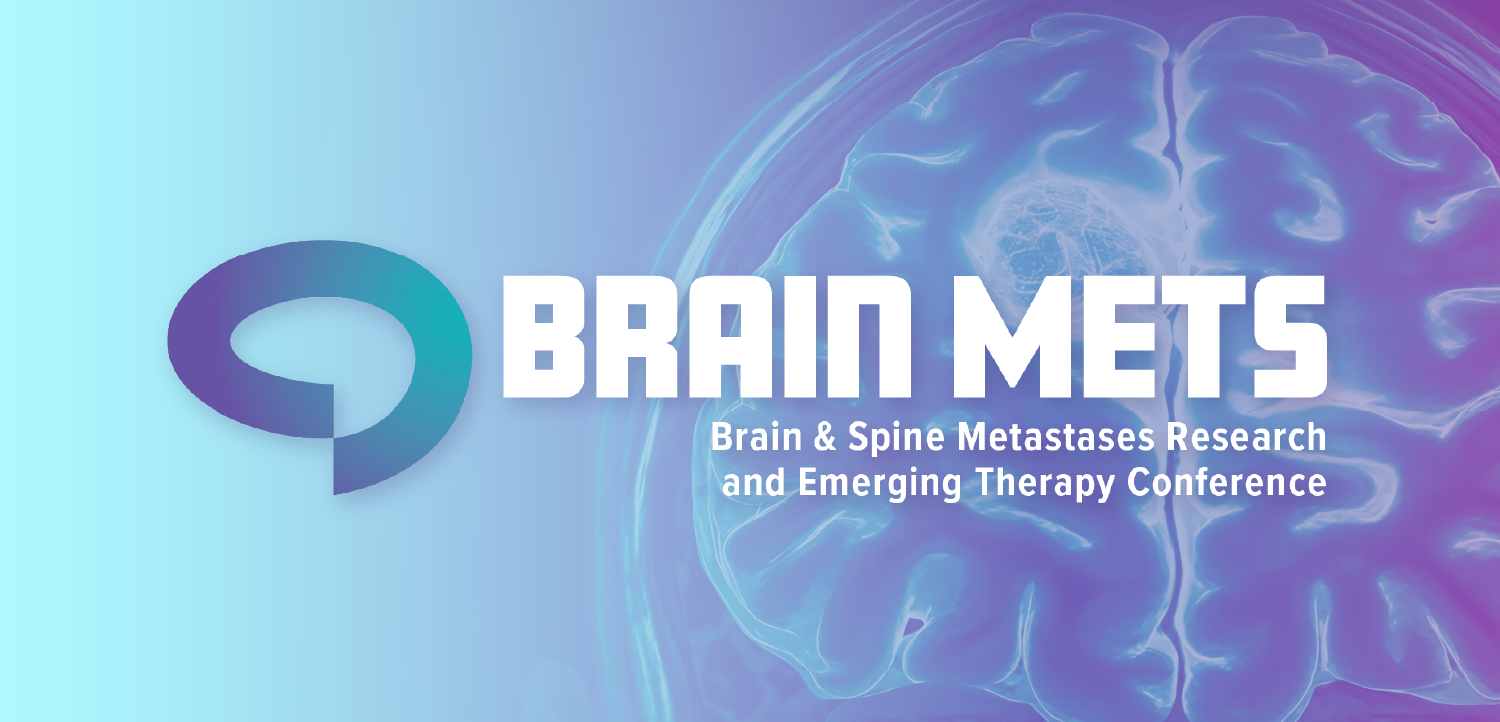
How the University of Miami Health System is using AI
Dr. Dipen Parekh, the new CEO of UHealth, says the system is using AI in a host of ways to create more efficiency and improve patient outcomes.
Dr. Dipen J. Parekh, the new CEO of the University of Miami Health System, says the organization is looking at ways to use AI to help clinicians do their job better and with fewer hassles.
UHealth is also incorporating AI in a host of ways to improve patient care, he says.
In a recent interview with Chief Healthcare Executive®, Parekh spoke enthusiastically about the potential of AI to reduce administrative burdens and lead to better patient outcomes. He also points out that Gartner has given UHealth high marks in its utilization of AI.
“So we have over 100 projects that are using artificial intelligence actively across all the areas, within healthcare and within research and education,” Parekh tells Chief Healthcare Executive®.
"The way we use AI broadly, just to make it easier for people to understand, is on the healthcare side, under three buckets or three verticals; one is we solve the problem of patient access; second is improve efficiencies of all the caregivers; and last, but not the least, is improve patient outcomes.”
In terms of access, UHealth is using AI technology as part of the modernization of the system’s call centers, with chatbots and AI agents reaching out to patients to connect with them and see if they have any problems.
“The holy grail is to get the right patient to the right provider at the right time in terms of patient access,” Parekh says.
He says he’s excited about AI technology to help doctors and nurses spend less time on updating patient records. UHealth is using ambient dictation powered by AI to summarize patient encounters.
“We have artificial intelligence bots listening to the conversation between a doctor and a patient, and then completely converting that verbal conversation into a written, documented clinic note,” Parekh says.
“They can also do the appropriate coding and billing. And that allows the clinicians to focus really on the interaction with the patients, rather than showing them their back and looking at the computers, and it reduces the burden of administrative tasks after the day is over for many of these clinicians.”
In terms of patient outcomes, UHealth is using AI in radiology, pathology and “curing surgery using computer-assisted vision.”“We are doing a lot of AI projects that directly impact or will improve patient related outcomes,” Parekh says.
He says he hopes that AI and other digital tools can streamline some of the work of clinicians and reduce headaches on staff.
“My hope is that with the new technology, a lot of this will be alleviated, and people will rediscover the joy that there is to discover in terms of taking care of patients, and minus the administrative burden,” he says.

















































